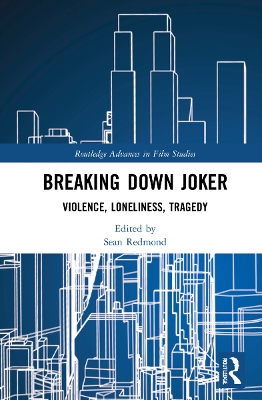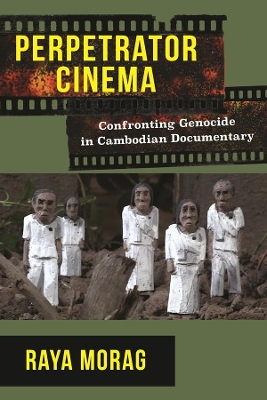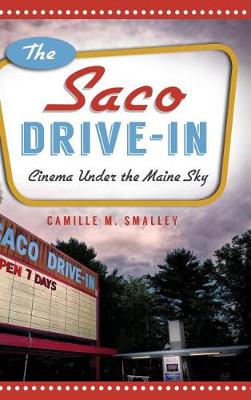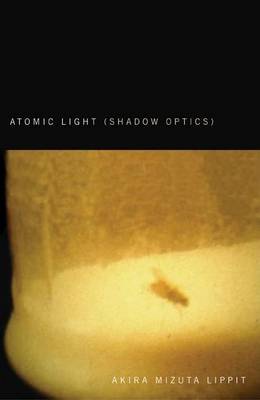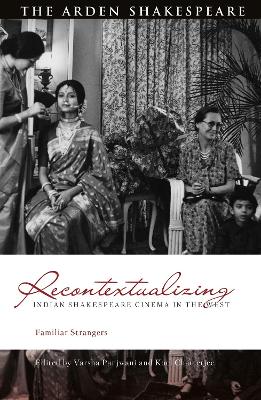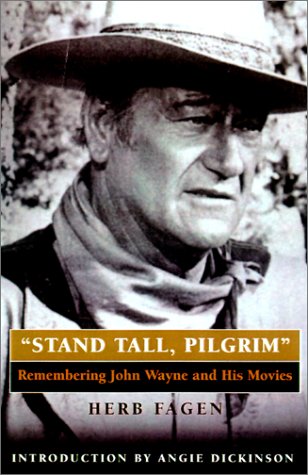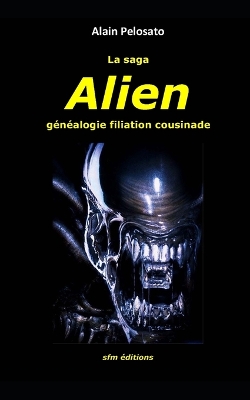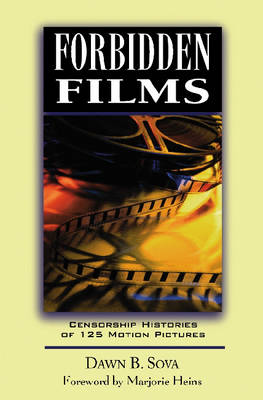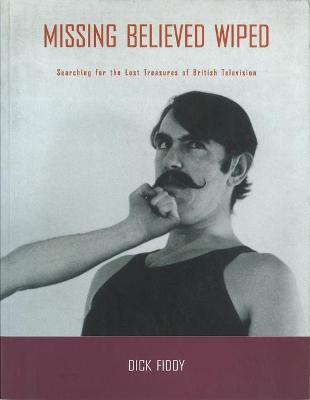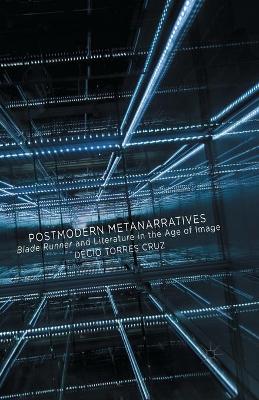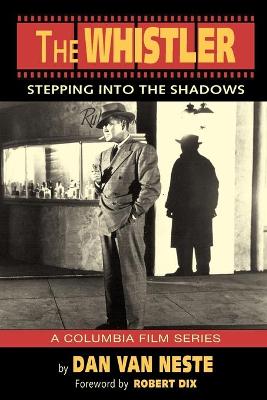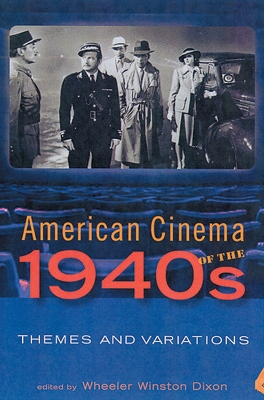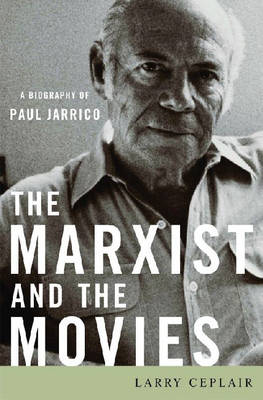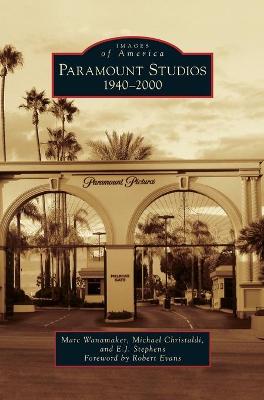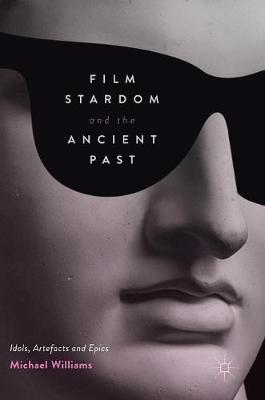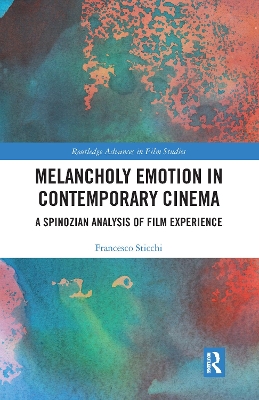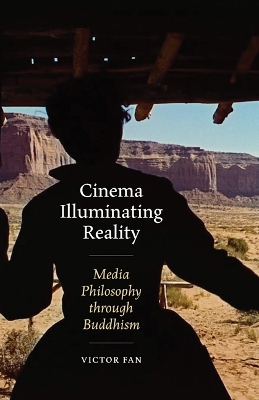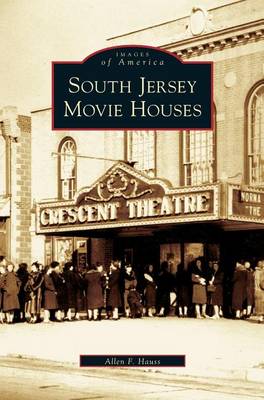Breaking Down Joker (Routledge Advances in Film Studies)
Breaking Down Joker offers a compelling, multi-disciplinary examination of a landmark film and media event that was simultaneously both celebrated and derided, and which arrived at a time of unprecedented social malaise. The collection breaks down Joker to explore its aesthetic and ideological representations within the social and cultural context in which it was released. An international team of authors explore Joker’s sightlines and subtexts, the affective relationships, corrosive ideologies...
In September 1941, a handful of isolationist senators set out to tarnish Hollywood for warmongering. The United States was largely divided on the possibility of entering the European War, yet the immigrant moguls in Hollywood were acutely aware of the conditions in Europe. After Kristallnacht (the Night of Broken Glass), the gloves came off. Warner Bros. released the first directly anti-Nazi film in 1939 with Confessions of a Nazi Spy. Other studios followed with such films as The Mortal Storm (...
Perpetrator Cinema explores a new trend in the cinematic depiction of genocide that has emerged in Cambodian documentary in the late twentieth- and early twenty-first centuries. While past films documenting the Holocaust and genocides in Yugoslavia, Rwanda, and elsewhere have focused on collecting and foregrounding the testimony of survivors and victims, the intimate horror of the autogenocide enables post–Khmer Rouge Cambodian documentarians to propose a direct confrontation between the first-g...
Clint Eastwood (Conversations with Filmmakers (Hardcover)) (Conversations with Filmmakers)
As a star, Clint Eastwood is recalled primarily for two early roles--the ""Man With No Name"" of three European-made Westerns and ""Dirty"" Harry Callahan, the uncompromising cop who spoke softly and carried a big gun in five movies. But like few other stars, Eastwood has shaped his own career by appearing almost exclusively in films he produced or co-produced, frequently under his own direction. No other contemporary dramatic star has directed himself so often. His acclaim as a director began...
This book explores the "avisual" and its effect on the visual world. Dreams, x-rays, atomic radiation, and "invisible men" are phenomena that are visual in nature but unseen. "Atomic Light (Shadow Optics)" reveals these hidden interiors of cultural life, the "avisual" as it has emerged in the writings of Jorge Luis Borges and Jacques Derrida, Tanizaki Jun'ichiro and Sigmund Freud, and H. G. Wells and Ralph Ellison, and in the early cinema and the postwar Japanese films of Kobayashi Masaki, Teshi...
From Audrey Hepburn in Givenchy, to sharp-suited gangsters in Tarantino movies, clothing is central to film. In Undressing Cinema, Stella Bruzzi explores how far from being mere accessories, clothes are key elements in the construction of cinematic identities, and she proposes new and dynamic links between cinema, fashion and costume history, gender, queer theory and psychoanalysis. Bruzzi uses case studies drawn from contemporary popular cinema to reassess established ideas about costume and fa...
Recontextualizing Indian Shakespeare Cinema in the West (Global Shakespeare Inverted)
Featuring case studies, essays, and conversation pieces by scholars and practitioners, this volume explores how Indian cinematic adaptations outside the geopolitical and cultural boundaries of India are revitalizing the broader landscape of Shakespeare research, performance, and pedagogy. Essays in this volume address practical and thematic concerns and opportunities that are specific to studying Indian cinematic Shakespeares in the West. For instance, how have intercultural encounters betwe...
La saga Alien (Taxinomie Du Cin ma Fantastique, #11)
by Alain Pelosato
The Japanese Independent Cinema in Japan (Tauris World Cinema)
Since the earliest days of the movie industry, mainstream films have been banned for their sexual, religious, social, and political content. Forbidden Films traces the efforts to censor 125 major films, ranging from the silent Birth of a Nation to the classic Gone With the Wind. This fascinating reference examines the continued efforts to regulate the industry, providing a summary of each banned work - including production details, its censorship history, and suggestions for further reading on t...
Missing Believed Wiped: Searching for the Lost Treasures of British Television
by Dick Fiddy
A volume for collectors and enthusiasts of British television that explores the history and destruction of celebrated British television programmes. It lists in detail some of the most important missing material, such as "A for Andromeda", "Dr Who", "The Avengers" and "The Likely Lads".
Postmodern Metanarratives investigates the relationship between cinema and literature by analyzing the film Blade Runner as a postmodern work that constitutes a landmark of cyberpunk narrative and establishes a link between tradition and the (post)modern.
American Cinema of the 1940s (Screen Decades: American Culture/American Cinema)
The 1940s was a watershed decade for American cinema and the nation. Shaking off the grim legacy of the Depression, Hollywood launched an unprecedented wave of production, generating some of its most memorable classics, including Citizen Kane, Rebecca, The Lady Eve, Sergeant York, and How Green Was My Valley. In 1942, Hollywood joined the national war effort with a vengeance, creating a series of patriotic and escapist films, such as Casablanca, Mrs. Miniver, The Road to Morocco, and Yankee Dood...
As part of its effort to rid the nation of Communist influence and infiltration, the House Un-American Activities Committee subpoenaed hundreds of actors, screenwriters, producers, and directors with suspected "Red" leanings in 1947. Some of these film industry veterans, including screenwriter Paul Jarrico (1915--1997), refused to testify on Capitol Hill and were denied subsequent employment. In The Marxist and the Movies, Larry Ceplair illuminates the life, career, and political activism of Jar...
Paramount Studios
by Marc Wanamaker, Michael Christaldi, and E J Stephens
This book offers the first comprehensive exploration of how the ancient past has shaped screen stardom in Hollywood since the silent era. It engages with debates on historical reception, gender and sexuality, nostalgia, authenticity and the uses of the past. Michael Williams gives fresh insights into 'divinized stardom', a highly influential and yet understudied phenomenon that predates Hollywood and continues into the digital age. Case studies include Greta Garbo and Mata Hari (1931); Buster C...
Melancholy Emotion in Contemporary Cinema (Routledge Advances in Film Studies)
by Francesco Sticchi
This work outlines a new methodology for film analysis based on the radical materialist thought of Baruch Spinoza, re-evaluating contemporary cognitive media theory and philosophical theories on the emotional and intellectual aspects of film experience. Sticchi’s exploration of Spinozian philosophy creates an experiential constructive model to blend the affective and intellectual aspects of cognition, and to combine it with different philosophical interpretations of film theory. Spinoza’s embod...
A new critical approach to cinema and media based on Buddhism as a philosophical discourse How can a philosophical discourse generated in Asia help us reframe and renew cinema and media theory? Cinema Illuminating Reality provides a possible way to do this by using Buddhist ideas to examine the intricate relationship between technicity and consciousness in the cinema. The resulting dialogue between Buddhism and Euro-American philosophy is the first of its kind in film and media studies. Vict...
